Technology is helping indie musicians break barriers, but the road remains bumpy
Technology has changed the game for several independent musicians in India with access to resources and a global audience. But aspiring artists have to contend with the challenges of funding and patronage as they try to make a sustainable career out of music.
About two years ago, Chennai-based singer Aryaman Singh–who goes by the stage name Sunflower Tape Machine–was casually scrolling through his song Sophomore Sweetheart on the Spotify streaming service. To his surprise, 75 people were listening to it—much higher than the usual one or two. The number soon moved up to 80, and it never went down.
Singh wondered if the app was glitching. Then someone from the United States posted his song online. Upon enquiry, he found that Sophomore Sweetheart was the second song on Spotify’s Global Fresh Finds playlist, which serves as a launchpad for emerging artists.
“I lost my mind seeing this,” gushes the emerging artist.
Thereafter, Spotify reached out to him, and soon Singh was on the cover of Fresh Finds India. Several other opportunities came his way–he got added to many playlists and labels started approaching him.
Sophomore Sweetheart, which packs in a lot of reverb and nostalgic vibes, is Singh’s biggest hit so far, with 1.2 million streams on Spotify. The song is also available on Amazon Music and Apple Music.

Singer Aryaman Singh, who goes by the stage name Sunflower Tape Machine
While Singh’s story may seem like an overnight success, that was not the case. He had to contend with a lot of heartache when not too many people were listening to his song. But all this changed one fine day with the Fresh Finds breakthrough, which gave him the assurance that his “unconventional” music had an audience.
“It gave me confidence and helped me realise I didn’t have to sound like others,” he tells YS Life.
Ahmedabad-based Chirag Todi discovered his ‘sound’ while listening to ‘mainstream’ music and honing his craft as a guitarist. Under the guidance of his guitar instructor, he eventually chose jazz as his form of expression.
As an artist in the current times, Todi relies on Instagram for distribution and discovery and uses the platform to stay updated, find new opportunities, and connect with other musicians.
“I get notifications about music almost every other day. So, if I switch it off for say a week, I might miss out on some opportunities,” he says.
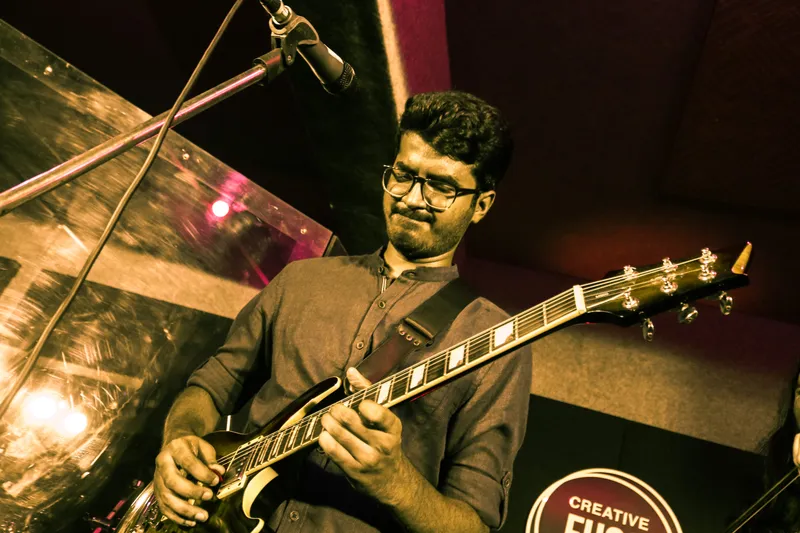
Ahmedabad-based Chirag Todi
When your audience is small you can experiment with anything: Yashraj Mukhate
Technology has changed the game to a great extent for independent or indie musicians like Singh and Todi, with easy access to resources and tools to make music from the comfort of one’s home. Thanks to the internet, the world is their oyster—as artists are able to network with people in the business of music and reach an audience both in India and across borders.
Power of social media
Until the early 2000s, artists had to hustle hard—perform on stage, sell tickets and merchandise, and rely on the who’s who of the music industry—to promote their music. However, today promotion is easier due to social media, digital platforms, and marketing tools like Instagram Reels.
Social media is also defining the way some musicians write their music. Varshita Ramesh, a 24-year-old jazz musician based in Bengaluru, is not averse to using the medium in creative ways to achieve success.
“I'm not going to be one of those jaded musicians who says social media is really f**ked up. I intend to be appealing to social media… I want people to hear about me and, if this is how it has to be, that’s how it has to be.”
Often in conversations with music producers, Ramesh says she gets requests for a chorus to be written in a way that appeals to TikTok’s global audience.
“That’s the easiest way to go viral now–to appeal to makeup gurus, travel vloggers, or those who make food videos, couple videos, or dance videos. If you’re lucky, your music could appeal to all five categories,” says Ramesh, who is working on her debut EP, Anxious Attachment.
Resurgence of indie music
Some consider the Nineties as the ‘golden era of Hindi pop’, with the advent of music channels and the rise of artists such as Alisha Chinai, Lucky Ali, and Suchitra Krishnamoorthi. After a lull, India’s independent music scene is once again seeing a crop of artists, and they aren’t limited to Hindi.
Though India continues to be a film music-centric market, there is a slow shift towards non-film music. From Prateek Kuhad, Tushar Vashisht, and Kayan to Thaikkudam Bridge and Swaraag, many artists and bands are exploring different creative avenues.
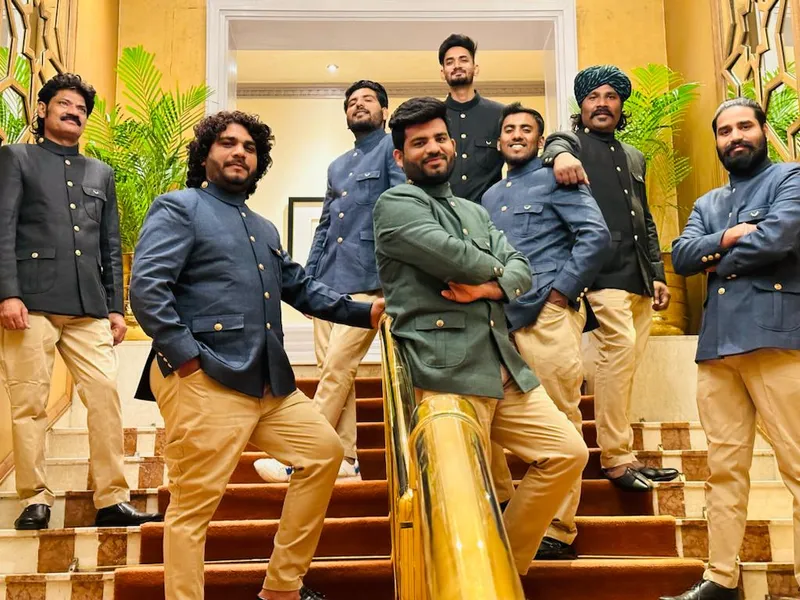
Swaraag, the Indo-Western fusion band from Rajasthan
The pandemic-led lockdown gave a push to independent music in India, with the number of songs and artists skyrocketing on streaming platforms.
According to Spotify, independent music is the fastest-growing category in India on the streaming platform. Indie India–the independent music playlist on Spotify–has grown 200% over the last year, adding 2.5 lakh followers.
While non-film music is still skewed towards Hindi and English, indie music in other regional languages, such as Punjabi, is steadily picking up. Artists who are able to produce multi-lingual music are also making a mark, as they are able to capture a wider set of listeners; Kochi-based pop-folk band When Chai Met Toast, whose music straddles lyrics in English, Hindi, Tamil and Malayalam, is a case in point.
Tamil independent music too is growing steadily. Spotify recently released RADAR Tamil, an initiative to put the spotlight on the Tamil independent artist community. This is the first time Spotify’s global RADAR programme has gone regional in India, says the company.
With streaming platforms and labels keen to invest time and effort to unearth talent, artists are able to distribute their music with relative ease.
For instance, Chennai-based label Think Music, which is building a community at the grassroots level, launched talents such as Yodhaka (a contemporary music band), Punya Srinivas (veena artist), and Hiphop Tamizha. Other labels such as Pagal Haina, Represent Management, and Qilla Records and distribution services such as Distrokid, CD Baby, and Horus are also helping musicians get their music out there.
Musicians to musicpreneurs
While technology has certainly opened a window of opportunities for artists, it is just an enabler, say those who’ve been in the business for long enough. The internet can nudge artists in the right direction, but they must put in the hard yards.
At the launch of RADAR Tamil, in Chennai recently, Adhithya Venkatapathy, of the Hiphop Tamizha duo, urged young musicians to pursue independent music as a full-fledged career and not keep it just as a hobby. Adhi, as he is popularly known, started out as a rapper, before turning into a music director and a producer for movies.
Every musician has to become an entrepreneur or a “musicpreneur”, emphasised Adhi, who has done a PhD in music entrepreneurship. Adhi also runs the Underground Tribe, a venture to scout independent music talent and showcase their music.
Today, musicians are expected to take full ownership of every aspect of their art and put enough thought into everything–visual identity, aesthetics, press reach, and social media presence.
Bumps along the ride
In an era where people’s attention span is short and their music tastes keep changing, one cannot take success for granted. Also, one hit song cannot guarantee the virality of the next one. So, artists must be prepared to face highs and lows with equanimity.
Abhinav Krishnaswamy, the guitarist in The F16s band, has seen this first-hand.
In 2017, after a resounding response from the audience at a music festival in Singapore, The F16s had to play for a handful of people at a concert in India, just a week later.
“From facing a crowd that gets you and selling a lot of merchandise to playing for just 10 people—it is not ideal. It can be disillusioning. But you have to put up your chin and move on,” says Krishnaswamy.
In fact, The F16s, a quartet based in Chennai, have their largest fanbases in markets such as the United States, United Kingdom, and Singapore.

Chennai-based band The F16s
Swaraag, the band from Rajasthan, admits it is challenging for indie artists to establish themselves in India where people prefer Bollywood music; there is a very niche audience that listens to indie music.
Apart from patronage, which can blow hot and cold, there is also the issue of shrinking performance spaces. While musicians lament about the lack of prominent spaces in a city like Chennai, Bengaluru too has seen several venues shut down in recent years.
In 2019, prominent music spaces Humming Tree, Bflat, and Take5 were closed in the city due to issues related to licensing and zonal regulations.
However, there are some dedicated spaces, such as The Piano Man in Delhi, Medai in Chennai, and Artistry in Goa, and bars and clubs such as Kitty Ko and Fandom in Bengaluru that are steadily building a culture of live shows and gigs.
Brands such as Budweiser, Jameson, Heineken and Tuborg also back some of the biggest events in the country such as Echoes of the Earth, HGStreet, Supersonic, Lollapalooza, Krank and Sunburn.
But a lot more can be done to create a more vibrant ecosystem across the country.
With the internet democratising the indie music scene, a lot of young musicians are eager to jump in. While this is good news, it also means that the space is getting crowded. In such circumstances, a major challenge for aspiring musicians is finding the resources to fund their music career—and, crowdfunding is emerging as an option.
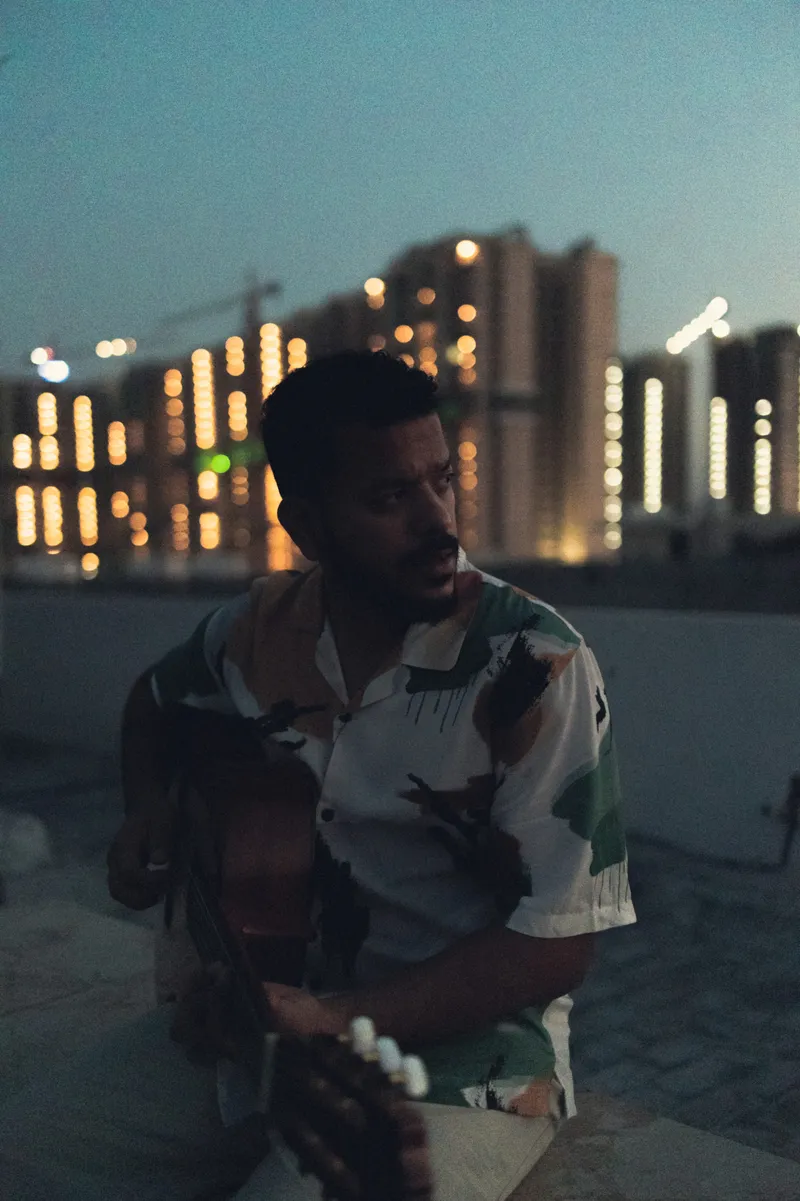
Chandigarh-based artist and producer Shubham Semwal
Chandigarh-based artist and producer Shubham Semwal ran a successful crowdfunding campaign in 2020 to fund his debut EP. The musician has been making waves since his debut release in 2021, featuring tracks such as Tishnagi and Asar Tera. Since then, he has also worked with various Punjabi music industry giants, including Karan Aujla, Kaka, and Yeah!Proof.
Assuming one’s career takes off with a single or two, how do musicians ensure they sustain themselves in the long run?
A lot hinges on the skill-sets and output of the artist, says C Girinandh, Founder of Oxygen, an instrumental indie music band, which has traversed a journey of two decades.
“One must be creative and willing to explore beyond the readymade template; uniqueness and newness are important,” he emphasises.
“What has worked in my experience is consistently releasing music, collaborating with fellow artists in the industry, and being very active in the music scene,” says Saptak Chatterjee, a singer-songwriter based out of Delhi and Mumbai.
Being active requires musicians to seize every opportunity to perform–small or big–through social media, music festivals, corporate gigs, and shows at weddings and pubs.
“A combination of all this over four-six years will help establish an image as somebody who is a serious musician, working hard, and trying to make it big in the industry,” says Chatterjee.
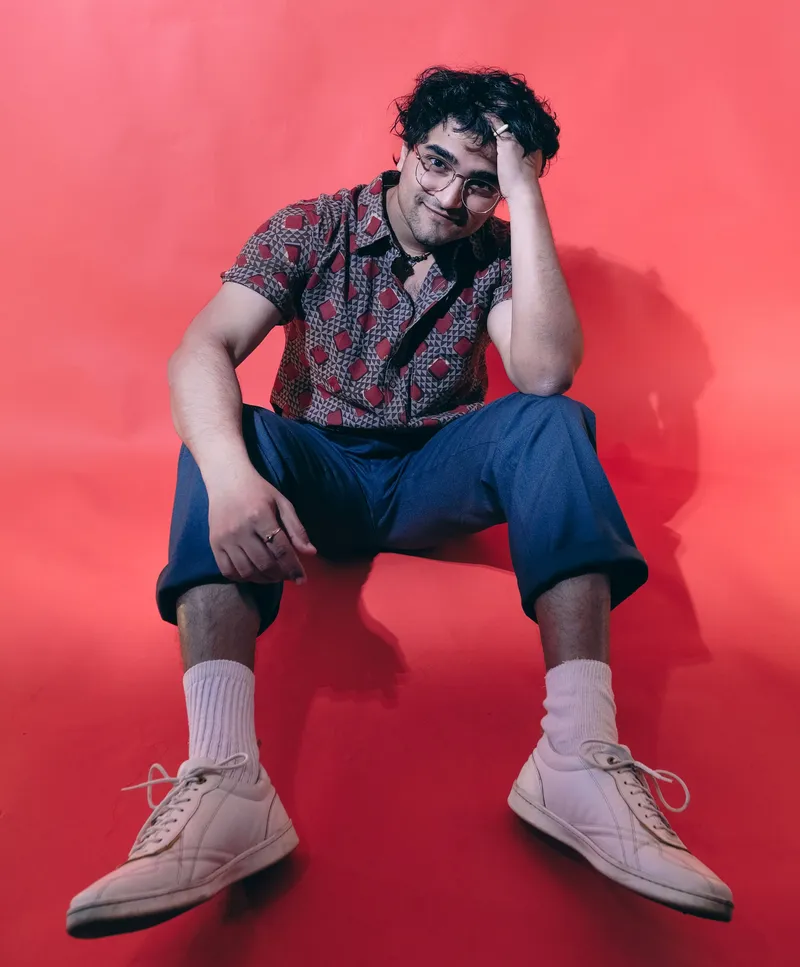
Saptak Chatterjee, a singer-songwriter based out of Delhi and Mumbai
Monetary sustenance is a recurring challenge as it is not always easy to find the right opportunity to perform, especially at larger venues and festivals such as Nh7 Weekender, Ziro Festival of Music, and Echoes of the Earth.
Apart from performances, aspiring musicians may also have to hold on to complementary jobs on the side to sustain themselves–working at a studio, teaching music, or writing jingles.
Nihar Apte, a senior designer at YourStory and a Goa-based musician from the band Signal W, suggests producing music for films and shows on streaming platforms such as Netflix, Hotstar, and SonyLIV. He cites the example of the catchy soundtrack of Scam 1992, which was produced by composer Achint Thakkar.
Possessing multiple skills certainly comes in handy. For instance, Chatterjee is a music producer, teaches Hindustani music, and works in web shows in order to earn a stable income.
Battles of another kind
While music as a career may no longer be frowned upon by family, they still expect metrics of success such as money, fame and awards.
“Earlier there was strong opposition from family, now there is quiet cynicism… Makes you question what you are doing,” says Krishnaswamy.
And when the doubts creep in, it’s time to step back and reflect.
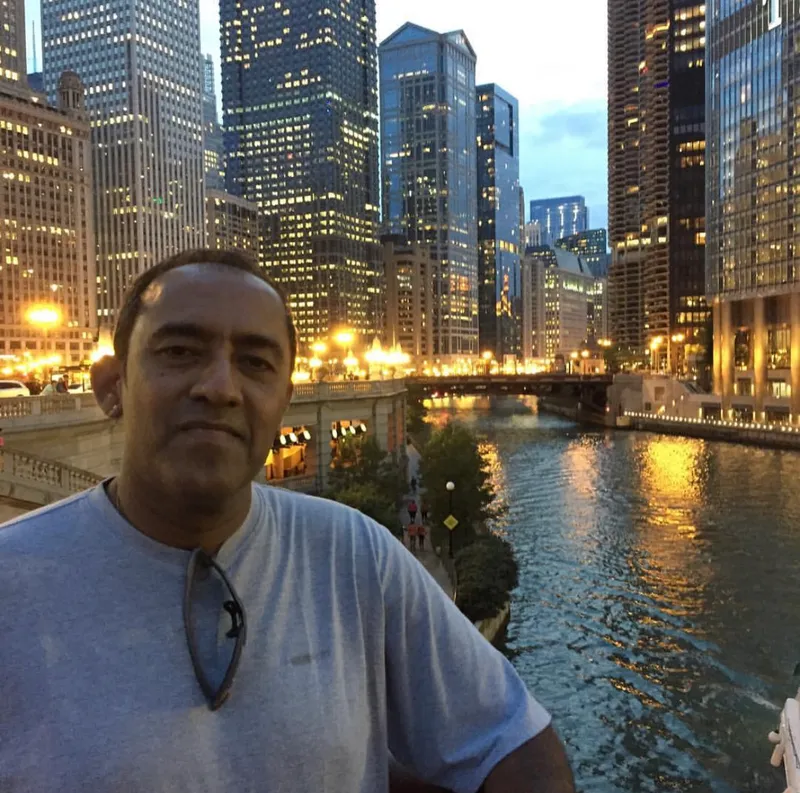
Sanjay Maroo, a self-taught drum artist and independent pop-rock artist
It’s also crucial to keep oneself motivated, rejuvenated, and hungry at all times. Which is what The F16s did this summer, as they gathered in Ooty, to seek inspiration, recharge themselves… call it what you will.
“As one evolves… the urge to prove oneself reduces and the desire to delve deeper and enjoy the finer aspects of music becomes more important,” says Mumbai-based Sanjay Maroo, a self-taught drum artist and independent pop-rock artist, who has been in the indie music scene since the Nineties, when the term ‘independent music’ started gaining popularity.
(Cover image by Nihar Apte)
(The copy was updated to correct a spelling.)
Edited by Affirunisa Kankudti







